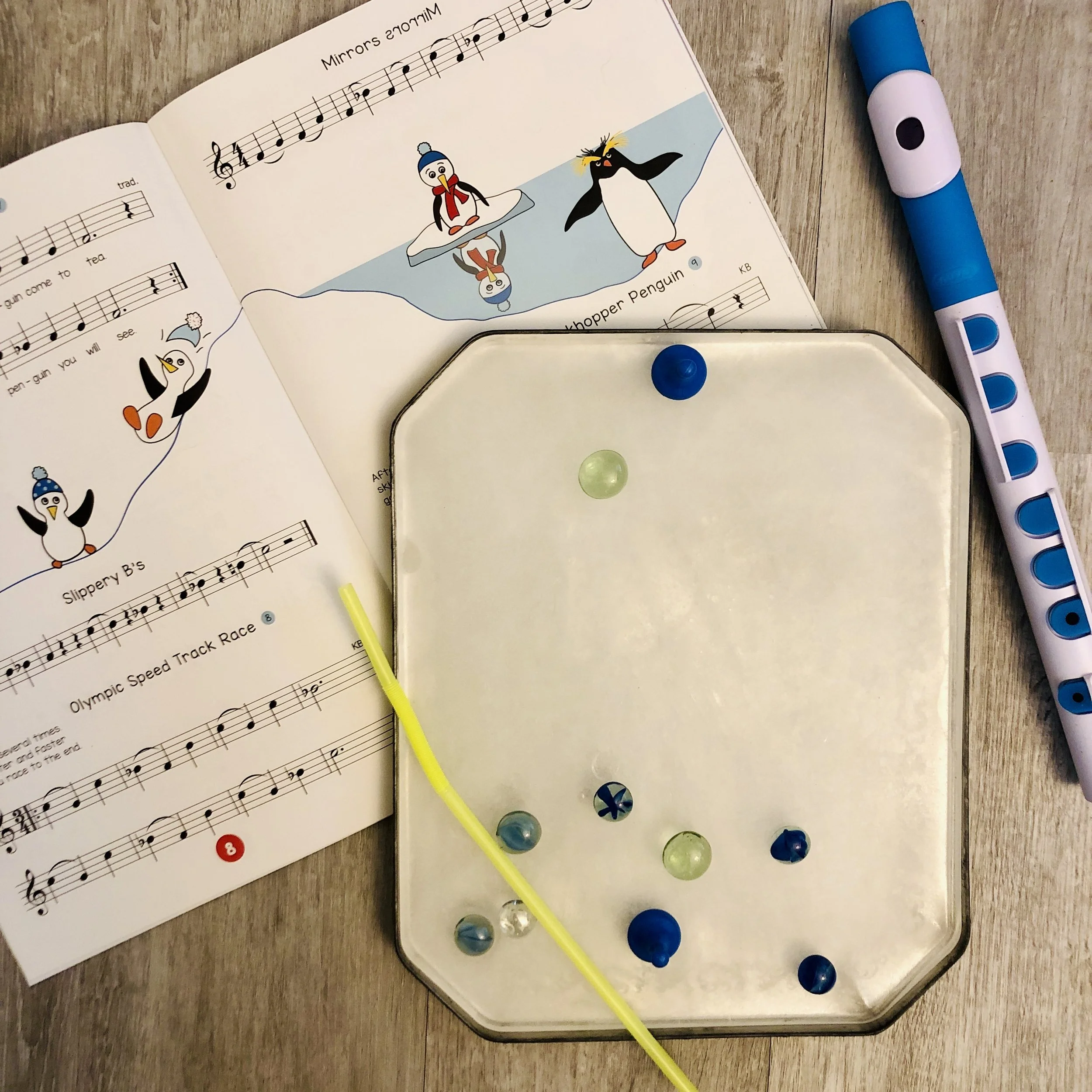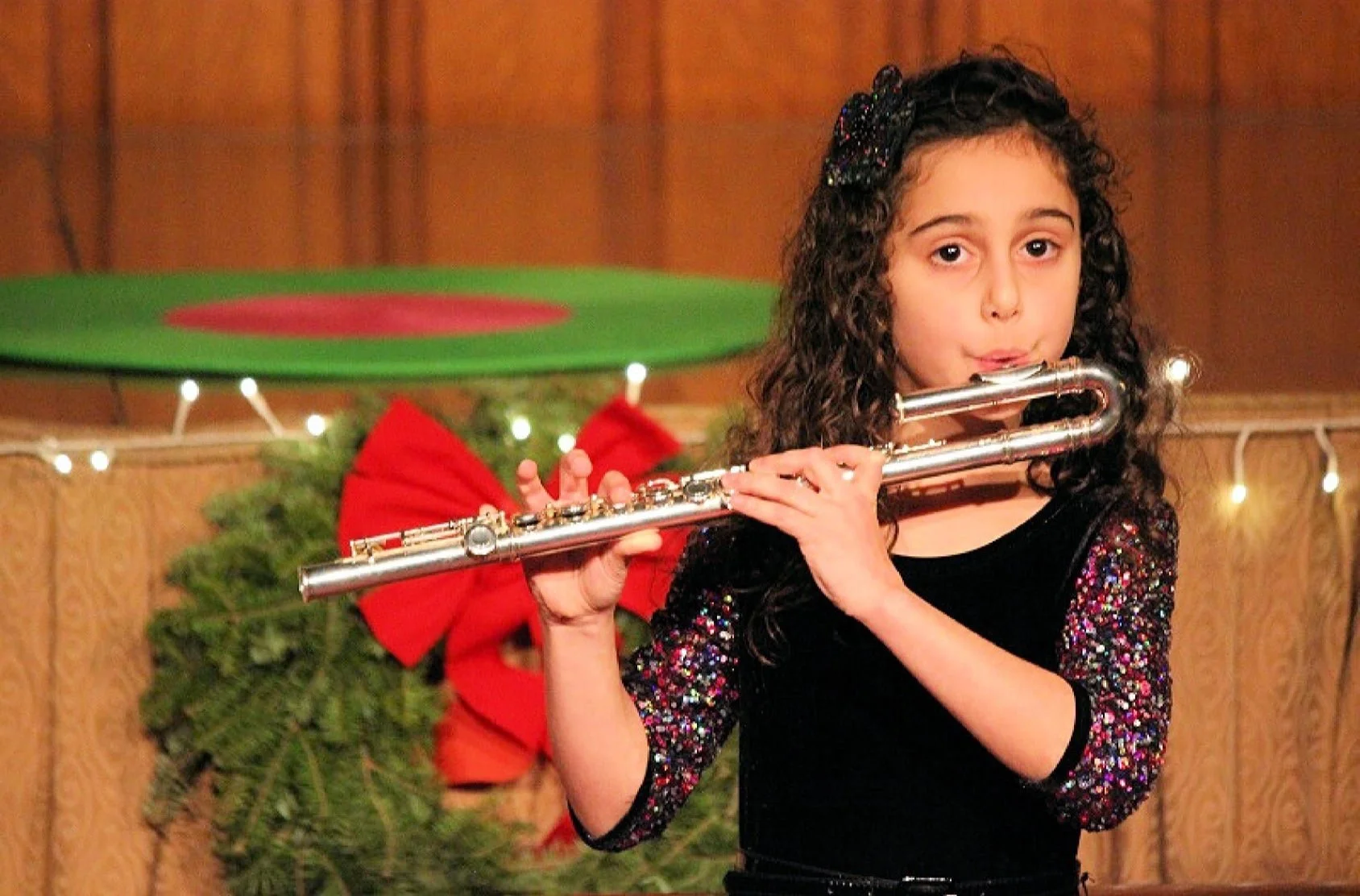Benefits of Group Class
Of course the weekly private lesson with your teacher is crucial for developing technical skills and advancing on the instrument, but it is often in group class where the child really gets inspired, deepens their abilities, and truly gets to experience what music is all about. Here are five reasons to prioritize your attendance in group class!
Of course the weekly private lesson with your teacher is crucial for developing technical skills and advancing on the instrument, but it is often in group class where the child really gets inspired, deepens their abilities, and truly gets to experience what music is all about. Here are five reasons to prioritize your attendance in group class!
Reinforce Technical Skills
Playing in an ensemble or attending a group music class provide students with the opportunity to practice and perfect the skills that they have learned in their lessons. Not only does group reinforce technical skills, but it also puts them to practical use and allows students to see the big picture!
Learn From Peers
Things tend to “click” in a new way for students when they hear their peers doing it. It is also very motivating and inspiring to watch others performing. When you see someone your own age, or close to your age, achieve something that you thought was too hard, it really makes you want to reach for the stars!
Enjoy Supplemental Curriculum
Let’s face it, there’s just not enough time to do everything in your private lesson! Group class is where your child gets a chance to explore other musical topics such as…
Music history
Music theory
Repertoire
Conducting
Ensemble skills
Compsoing
Ear training
and more!
Collaboration & Teamwork
Playing music together is one of the best ways for young people to develop collaboration skills! Whether you are playing in a small chamber group or a massive orchestra, each person and each part is important. Students develop personal responsibility and learn to take their contribution to the group seriously. Students who experience music in a group setting also learn to share the spotlight and support each other; somtimes being the soloist, and sometimes playing a harmonic role.
Build Community & Friendship
It is incredibly important for all of us, adults and children, to feel like we are a part of a community. And one of the best ways to feel that sense of belonging is to be with other people that share a common interest. Music brings us together, teaches us to listen, to share, and to work together in harmony.
Holiday Themed Music Activities
Try these fun holiday inspired music activities to transform your child’s practice time into play time!
It’s the most wonderful time of the year! As we all decorate our homes for the holidays, why not decorate our flutes too?
You can also learn how to make these adorable mini flute hats:
Or purchase one already made:
Aside from flute decorating, there are plenty of other ways to use your holiday decorations for music lessons or practice at home. It just takes a little bit of creativity!
Try printing out a big musical staff and using bells for notes! This is a wonderful way to continue practicing note reading when you might be on break from lessons. Including hands-on activities to your music practice routine is a wonderful way to keep young children engaged.
Bows can also be a very versatile manipulative for games! Try using them for rhythm bingo or I Spy for musical symbols.
Here we made a DIY Ice Air Hockey Rink for a seriously fun way to practice air & breath work!
Make the rink by filling a tray with water and then putting it in the freezer for a couple of hours. You will also need a straw for each player and a flat bottom gem for the puck. Using a straw, each player tries to blow the puck to the other side for a goal. It seems simple, but this really works your lungs! Taking deep breaths and blowing long, sustained air are important skills for any woodwind player.
And if you don’t want to make it an air game, you can simply use game pieces for the “pushers”. It really does feel like you are playing air hockey, just on a smaller scale!
Of course playing your favorite songs of the season for family and friends is a wonderful way to connect and spread that holiday cheer!
5 Fun Music Literacy Activities
Learning to read music is hard work, but it can also be so much fun! Try these creative, hands-on games to spice up the way you practice note reading at home.
Learning to read music is hard work, but it can also be so much fun! Try these creative, hands-on games at home to spice up the way you practice note reading.
1. “I Spy” Notes & Symbols
“I spy with my little eye... a quarter note, a crescendo, a barline, the note B!”
This is such a fun way to explore musical notation and identify notes and symbols. Play with a magnifying glass to really feel like a musical detective! Little gems or stones are great to cover each thing that you find and also makes it easy to count and compare.
2. Note Match Game
You can find treble clef sticky-notes online, as well as regular colored post-it notes.
Draw 3 or 4 notes on each of the musical staff sticky-notes (keep it in the range of whatever your child is currently learning). Draw the matching letters on regular colored sticky-notes.
Mix them up and match the letters to the notes on the staff!
Play each one on your instrument as you go, and then put them all together to make a song at the end!
Don’t forget to switch roles too! Kids then draw the notes and make the cards for parents to match.
3. Melodic Contour Tracing
This is such a fun activity to do with pipe-cleaners, as they are easy to bend and turn, following the direction of the music. You can also use yarn, string, or ribbon.
Melodic tracing allows kids to visually see the range of the song and locate the highest and lowest notes. It also shows ascending and descending lines as well as the overall shape of the phrases.
You can either print out a musical staff and plot some notes on your own or just use any sheet music that you have. Keep it simple and use a song with not too many notes.
At the end, you have a really cool shape to compare with other songs!
4. Musical Alphabet Words
The musical alphabet only has 7 letters (ABCDEFG), but there are still over 30 words that you can make!
To play the game, you will need musical staff paper and a pencil.
One person thinks of a word and draws the notes to spell that word on the staff. The other person has to guess the word and play it!
It could be an easy 3-letter word like “egg” or a big 7-letter word like “cabbage”! How many words can you make with the musical alphabet?
5. Note Stamping
Make a copy of your music so the original doesn’t get marked up and then let your child stamp out the notes! You can even print out a musical staff and identify each note before you begin. ⠀
What are some of your favorite ways to practice music reading…through play?



















